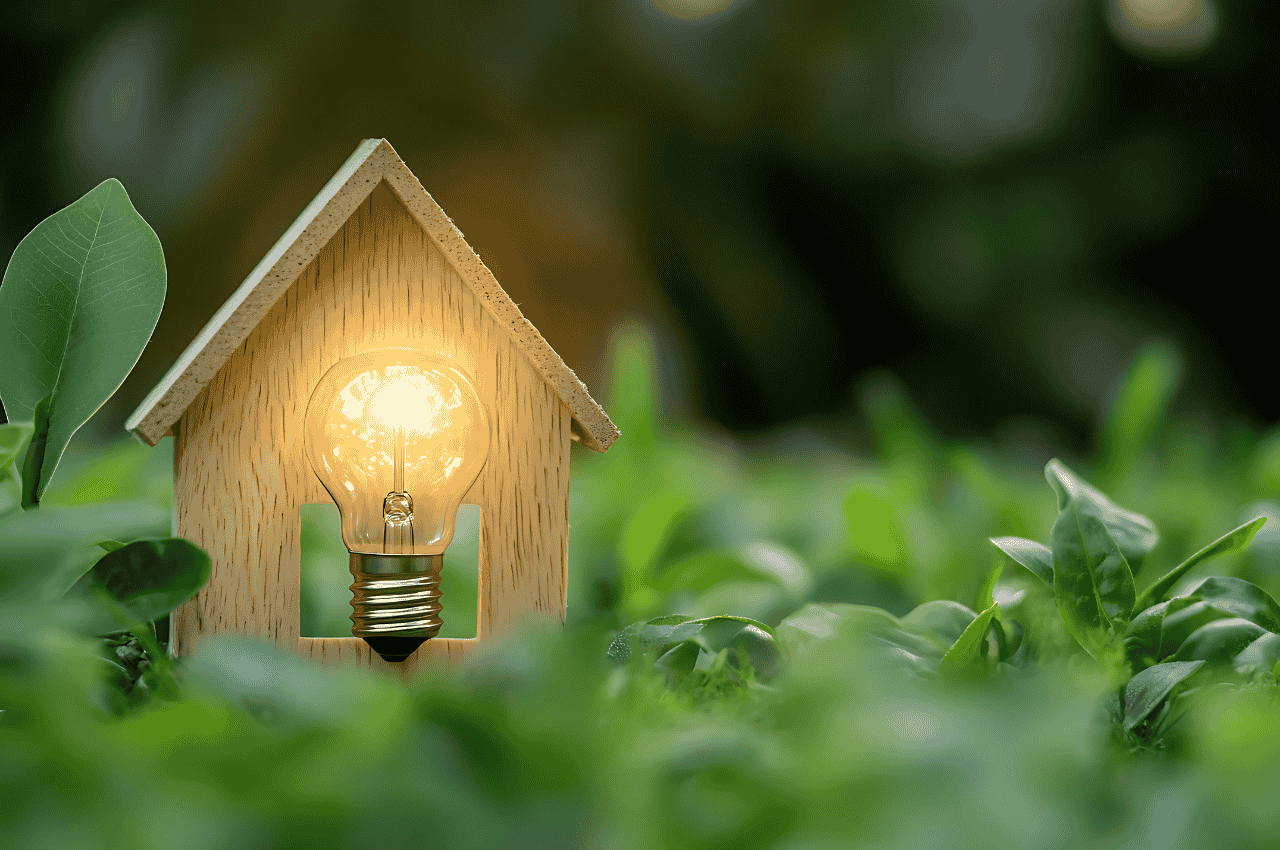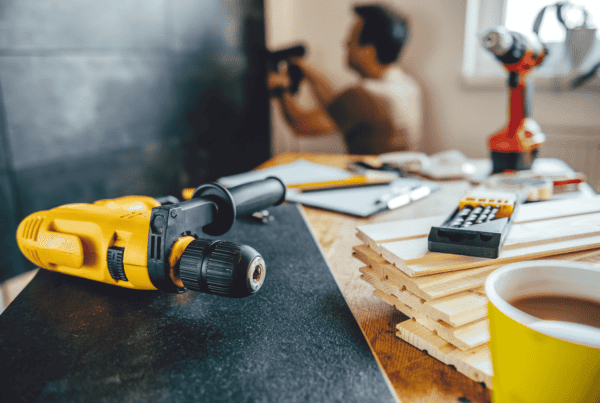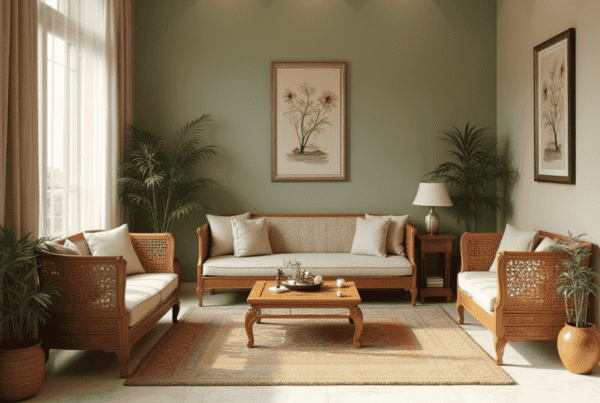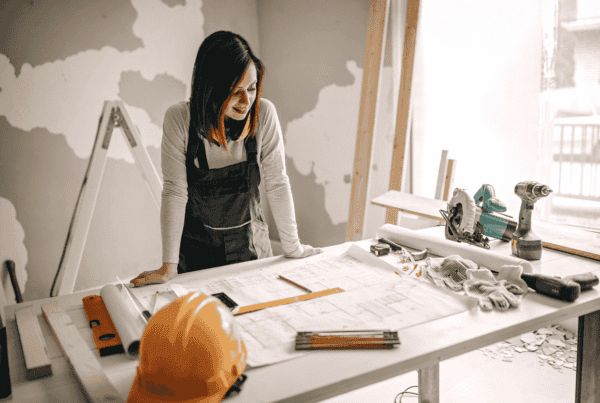Introduction
As environmental awareness continues to grow, more homeowners are embracing eco-friendly home design and renovation practices to create healthier, more sustainable living spaces. Sustainable home design is not just about reducing your carbon footprint—it’s also about improving energy efficiency, minimizing waste, and enhancing overall well-being. Whether you’re building a new home or renovating an existing one, there are many creative and practical ways to live greener without sacrificing comfort or style.
1. Start with Sustainable Building Materials
Choosing the right materials is one of the most important aspects of eco-friendly home design. Opt for sustainable, recycled, or renewable materials that have minimal environmental impact during production and disposal.
- Bamboo: A fast-growing and highly renewable resource that’s ideal for flooring, cabinetry, and even furniture.
- Reclaimed Wood: Adds character and warmth to interiors while reducing the demand for newly harvested timber.
- Recycled Metal and Glass: Great for countertops, tiles, and fixtures, offering durability and a modern look.
- Low-VOC Paints: Volatile Organic Compounds (VOCs) in traditional paints release harmful chemicals into the air. Choosing low-VOC or VOC-free paints ensures better indoor air quality.
By using these materials, homeowners can significantly reduce their carbon footprint and create beautiful, environmentally responsible interiors.
2. Maximize Natural Light and Ventilation
Natural light and ventilation are fundamental elements of sustainable home design. They not only reduce energy use but also make your home feel more open and comfortable.
- Large Windows and Skylights: Installing bigger windows or skylights allows natural sunlight to illuminate your home, reducing the need for artificial lighting during the day.
- Cross Ventilation: Ensure the air flows freely from one side of the home to the other when designing your floor layout. This helps regulate temperature naturally and decreases reliance on air conditioning.
- Reflective Surfaces: Utilize light-colored walls, mirrors, or reflective surfaces to increase the amount of natural light within the space.
By optimizing natural light and airflow, you can lower your energy consumption and maintain a pleasant indoor environment throughout the year.
3. Invest in Energy-Efficient Appliances and Systems
Energy efficiency plays a key role in sustainable home design. Modern technology makes it easier than ever to reduce power consumption while maintaining convenience and comfort.
- Energy Star Appliances: Look for refrigerators, washing machines, and air conditioners certified for low energy use.
- LED Lighting: LEDs use up to 75% less energy and last 25 times longer than incandescent bulbs.
- Smart Home Systems: Integrate automated thermostats, lighting controls, and energy monitors to optimize energy usage based on your habits.
- Solar Panels: If feasible, installing solar panels can significantly cut your dependence on traditional electricity sources and lower monthly utility bills.
Energy-efficient systems may require an initial investment, but the long-term savings and environmental benefits make them well worth it.

4. Optimize Water Conservation
Water scarcity is a growing global concern, and incorporating water-efficient systems into your renovation plans can have a significant impact.
- Low-Flow Fixtures: Install low-flow showerheads, faucets, and dual-flush toilets to reduce water wastage.
- Rainwater Harvesting: Collect rainwater for garden irrigation or outdoor cleaning tasks.
- Greywater Recycling: Reuse water from sinks, showers, or laundry for landscaping purposes.
- Native Landscaping: Choose drought-tolerant plants and trees that require less water and maintenance.
By reducing water consumption, you contribute to sustainability while lowering utility costs and helping preserve natural resources.
5. Insulate for Energy Efficiency
Proper insulation is often overlooked, yet it plays a vital role in maintaining indoor comfort and reducing energy loss.
- Roof and Wall Insulation: Utilize sustainable materials such as recycled cellulose or sheep’s wool to maintain a consistent indoor temperature.
- Double-glazed Windows: Help regulate indoor temperatures and minimize external noise.
- Sealing Gaps: Ensure that doors and windows are properly sealed to prevent air leaks, which can increase heating and cooling costs.
Good insulation not only reduces energy consumption but also creates a quieter, more comfortable living environment.
6. Choose Eco-Friendly Flooring Options
The right flooring material can significantly influence the sustainability of your home. Avoid synthetic materials that emit harmful chemicals and opt for eco-friendly alternatives.
- Cork: Renewable, soft underfoot, and naturally resistant to mold and pests.
- Bamboo: Stylish, strong, and one of the most sustainable flooring options.
- Recycled Tiles: Made from glass, porcelain, or ceramic waste, they add texture and color while being environmentally friendly.
Besides their green benefits, these flooring options add natural warmth and charm to your interiors.
7. Incorporate Green Spaces Indoors and Outdoors
Bringing nature closer to your living space not only enhances aesthetics but also improves mental and physical health.
- Indoor Plants: Acts as a natural air purifier, absorbing toxins and releasing oxygen.
- Vertical Gardens: Ideal for urban homes with limited space; they help regulate indoor humidity and temperature.
- Outdoor Gardens: Growing your own herbs and vegetables promotes self-sufficiency and reduces your carbon footprint.
Green space is a core element of eco-friendly living—connecting you to nature and fostering a peaceful, balanced lifestyle.
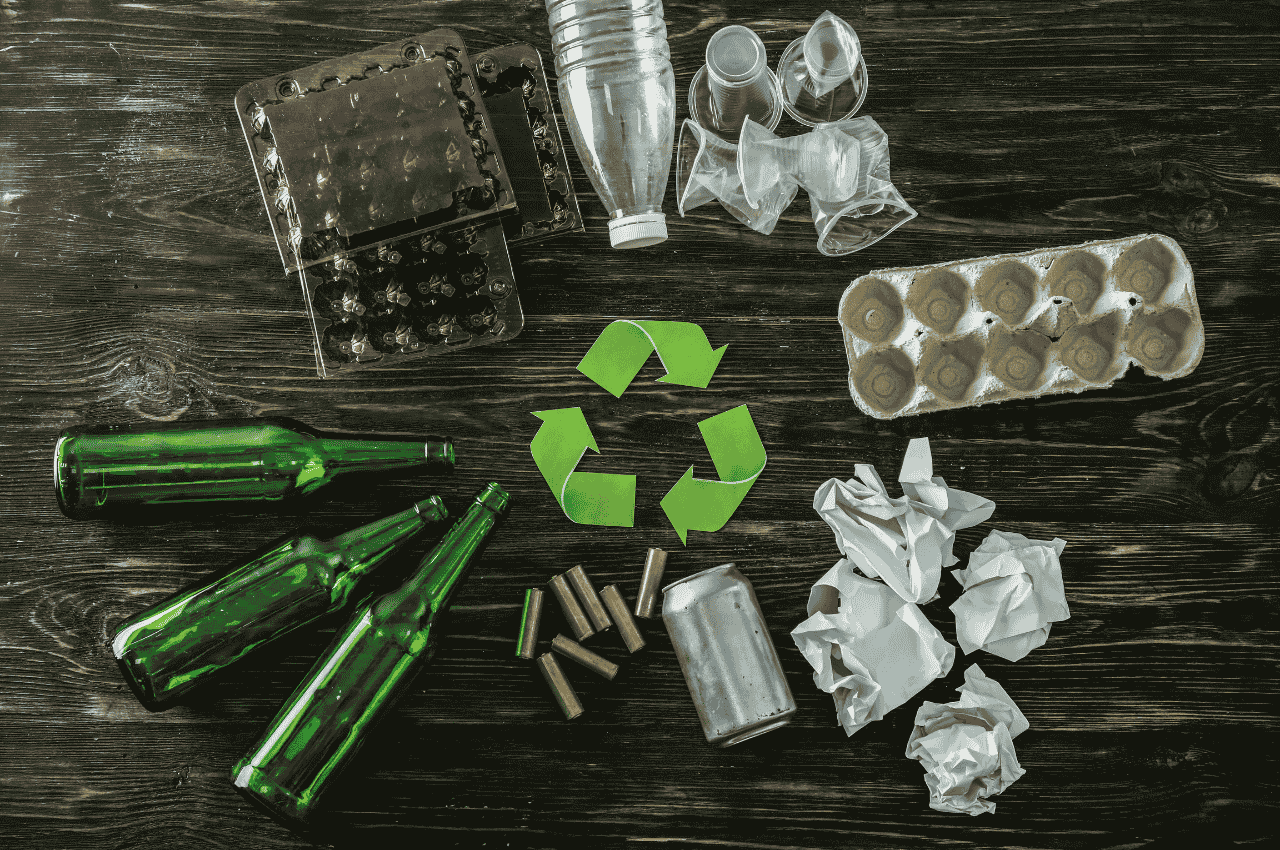
8. Reuse, Recycle, and Upcycle
Eco-friendly renovation doesn’t always mean buying new materials. In fact, one of the environmentally friendly things is to reuse or repurpose what you already have.
- Refinish Existing Furniture: A new coat of paint or polish can transform old pieces instead of discarding them.
- Salvage Materials: Use leftover wood, tiles, or fixtures creatively in new designs.
- Upcycled Decor: Turn glass bottles into light fixtures or reclaimed pallets into shelves and tables.
By reusing existing resources, you minimize waste and add a personal, creative touch to your home.
9. Design for Longevity and Flexibility
Sustainability is also about building for the future. Instead of following fleeting design trends, choose durable materials and timeless aesthetics.
- Modular Furniture: Adaptable pieces that can be rearranged for different needs over time.
- Durable Finishes: Choose materials that are resistant to wear and tear, reducing the need for frequent replacement.
- Timeless Design: Neutral palettes, simple lines, and natural textures ensure your home stays stylish for years to come.
Designing with longevity in mind reduces waste and ensures your investment remains valuable for the long term.
10. Work with Eco-Conscious Professionals
Partnering with the right architecture or interior design firm can make all the difference. Professionals specializing in sustainable design understand how to balance beauty, functionality, and environmental responsibility.
They can help:
- Source sustainable materials and certified green products.
- Integrate energy-saving technologies into your design.
- Ensure compliance with green building standards.
Working with eco-conscious designers ensures your renovation aligns with both your aesthetic goals and sustainability values.
Conclusion
Creating an eco-friendly home is more than just a design choice—it’s a commitment to a greener, healthier, and more mindful way of living. From using sustainable materials and maximizing natural resources to integrating energy-efficient technologies, every design decision contributes to a better planet.
Whether you’re planning a complete home renovation or small upgrades, every effort counts. Sustainable design is not only beneficial to the environment but also enhances comfort, lowers costs, and improves the quality of life for you and your family.
By embracing these eco-friendly home design and renovation ideas, you can turn your living space into a sanctuary that reflects your values—where modern living meets environmental responsibility.


